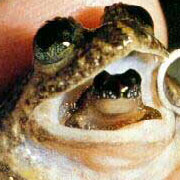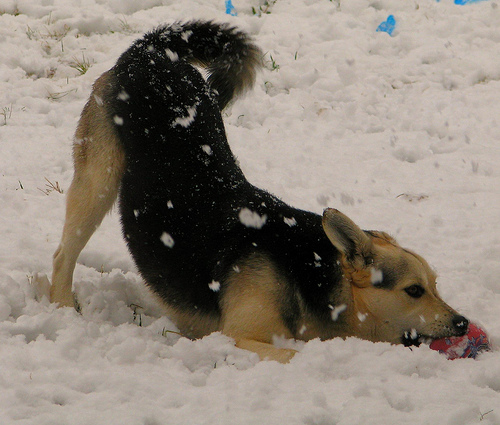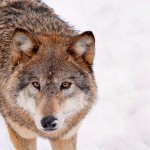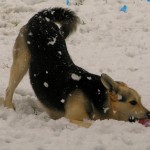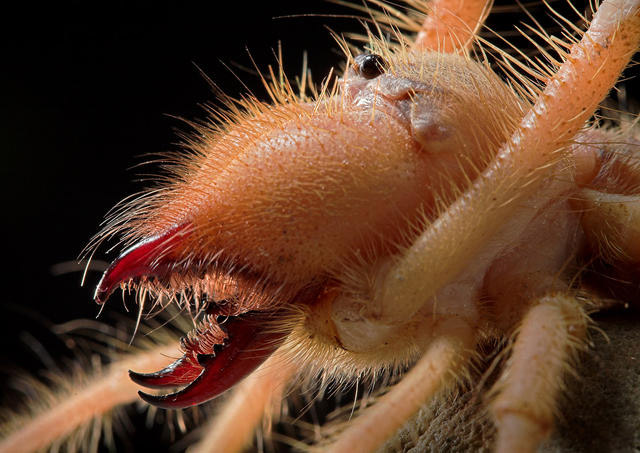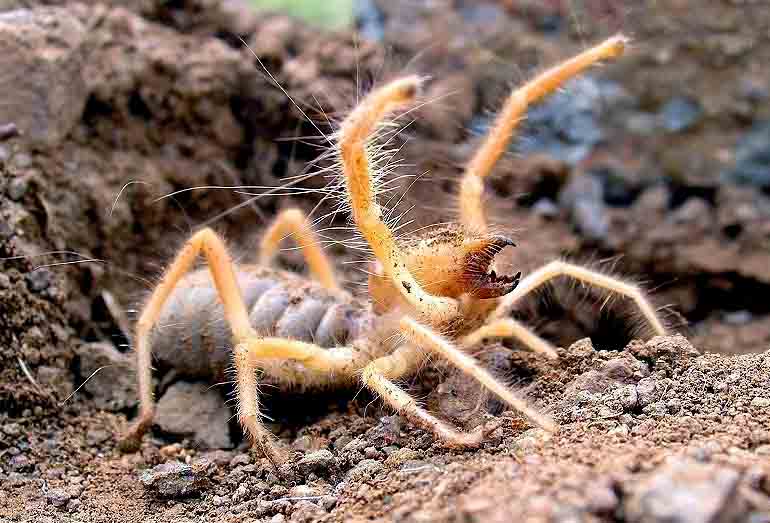Solitude or Solidarity?
In the animal kingdom, there exists a wide spectrum of animals, land, sea and air borne animals.
One rather interesting character trait that I observed over a range of animals is that certain animals were fond of hunting alone, while some were more comfortable by hunting in packs or groups. This character trait observed in these animals are specific and are only belonging to a certain number of animals, especially those that live in the plainlands or have natural instincts of less interaction with others of their breed.
Certain animals such as the tiger are what we term a ‘concealment and ambush hunters’, carefully stalking prey, circling in as closely as possible, and then suddenly charging the target from behind. Leopards and Cheetahs have similar tendencies, and usually hunt alone, relying on their ability to mask themselves from their prey and stalk their prey, going in for the kill when the prey least expects it.
This can be observed in the two videos below where we observe the tiger carefully stalking its prey and going in for kill when the prey least expects it. In the other video, we see the cheetah slowly and carefully stalking the gazelle, making its move as per the gazelle’s move and then rushing in to attack with its cubs following once the mother has wounded the animal and prevented it from running away.
In contrast, this trait is not seen in other animals such as the hyenas and the wolves whom rely on the strength of the pack to achieve their hunting goals. The hyenas as shown in the video, use their numbers to their advantage to corner the buffalo calf and separate it from the other. To hunt them, the hyenas unite to form a large team. They have a rich vocabulary of sound and gestures with which they communicate among themselves[1] and this helps in their hunting. Through behavioural gestures they reaffirm bonds between one another as they “divide and conquer!!”
I believe that the reasoning behind hunting in a pack also bears co-relation to the size of the animal involved as it is observed that animals which are larger is relation to the smaller ones, such as the wolves or the hyenas tend to stick together for strength rather than the tiger or leopard whom are capable of hunting on their own without any help from the rest of their pack. This dependence shows us the relationship animals have with each other with regards to their survival. A simple choice of “Silent and Solo” shown by the tigers and leopards or “United We Rise!!” as the hyenas and wolves demonstrate to us! But then again, as long as the stomach gets filled, anything goes..
References
“BCB705 Biodiversity: Chapter2 – Evolution of Biodiversity, Hyenas go Zebra Hunting”, http://planet.uwc.ac.za/nisl/biodiversity/Chapter2/page_265.htm (accessed 3 April 2010)
“BCB705 Biodiversity: Chapter2 – Evolution of Biodiversity, Hyenas Communication & Hunting”, http://planet.uwc.ac.za/nisl/biodiversity/Chapter2/page_265.htm (accessed 3 April 2010)
“Boreal Forest Library, Wild Wolves”, http://www.wildernessclassroom.com/www/schoolhouse/boreal_library/animals/wolf.htm (accessed 3 April 2010)
“Hunting & Feeding”, http://www.lairweb.org.nz/tiger/hunting2.html (accessed 3 April 2010)
“Leopard Hunting in Africa, BBC Wildlife”, http://www.youtube.com/watch?v=ScmtB5zBVY8 (accessed 3 April 2010)
“Tiger Hunting Deer”, http://www.youtube.com/watch?v=g_Mdo4zK9CA&feature=PlayList&p=79BEC0D38BB47B04&playnext_from=PL&playnext=1&index=62 (accessed 3 April 2010)
“Siberian Tiger”, http://www.wonderclub.com/Wildlife/mammals/SiberianTiger.htm (accessed 3 April 2010)
[1] “BCB705 Biodiversity: Chapter2 – Evolution of Biodiversity, Hyenas go Zebra Hunting”, http://planet.uwc.ac.za/nisl/biodiversity/Chapter2/page_265.htm (accessed 3 April 2010)




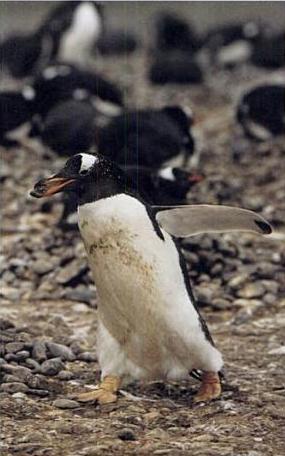
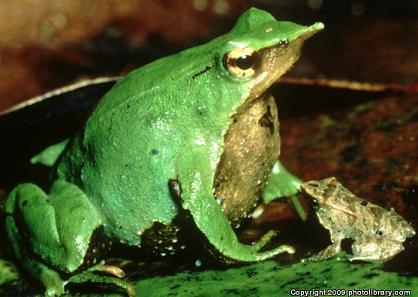
 In the vast an
In the vast an d wide Animal Kingdom, newborn young of egg-laying species are often left by their parents to fend for themselves after hatching. Sometimes, the newborn animals may even face danger from their own parents, who may attack and eat them! Even when the newborn animals receive care from their parents, it is normally from the mother, who may have incubated them and takes care of them.
d wide Animal Kingdom, newborn young of egg-laying species are often left by their parents to fend for themselves after hatching. Sometimes, the newborn animals may even face danger from their own parents, who may attack and eat them! Even when the newborn animals receive care from their parents, it is normally from the mother, who may have incubated them and takes care of them.